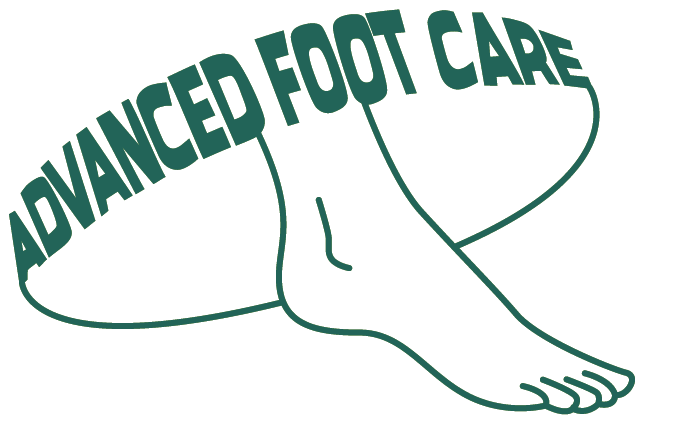What Athletes Should Know About Achilles Tendinitis
 You might not realize it, but each time you walk, jump, or run, you rely on your Achilles tendon. As the largest tendon in your body, it connects your heel bone to your calf muscles. When it’s healthy, you shouldn’t notice your Achilles tendon. When it’s not, the resultant heel pain can be significant. Since you’ll want to get back to your favorite sport as quickly as possible, you should visit a podiatry clinic in Chicago promptly to get started treating and rehabbing the area.
You might not realize it, but each time you walk, jump, or run, you rely on your Achilles tendon. As the largest tendon in your body, it connects your heel bone to your calf muscles. When it’s healthy, you shouldn’t notice your Achilles tendon. When it’s not, the resultant heel pain can be significant. Since you’ll want to get back to your favorite sport as quickly as possible, you should visit a podiatry clinic in Chicago promptly to get started treating and rehabbing the area.
Signs and Symptoms
Pain is the most noticeable symptom of Achilles tendinitis. You may experience pain anywhere along the tendon, but it tends to occur most intensely near the heel. The heel pain will likely worsen with activity, and your pain and stiffness may also be worse in the morning. If you continue to exercise instead of giving your body a rest, you’ll probably suffer from significant pain the day after working out. Swelling and bone spurs can develop. Some athletes may sustain a ruptured Achilles tendon. This is indicated by a sudden popping sound, severe pain, and the inability to bend the foot down. An Achilles tendon rupture requires the immediate attention of a foot doctor.
Causes and Risk Factors
Although a sudden rupture is possible, Achilles tendinitis tends to be a repetitive strain injury. You may be more likely to develop it if you’ve been training too hard without giving your body the rest it needs. It can also develop from rapidly increasing the intensity of exercise. Having tight calf muscles that aren’t stretched properly can contribute to Achilles tendinitis.
Other risk factors include the following:
- Being of older age
- Being a man
- Training in worn-out shoes
- Taking certain medications
- Having high blood pressure
Treatments and Prevention
If your Achilles tendon has torn, or months of conservative treatments aren’t enough, you may need surgery. Otherwise, your treatment plan may consist of nonsteroidal anti-inflammatory drugs (NSAIDs), physical therapy, cortisone injections, and of course, a long break from training. You can reduce your risk of a recurrent injury by wearing supportive athletic shoes, using custom-made orthotics, and strengthen the area.
